As a child in the 1970s, my parents used to take me to the Hirshorn Gallery of Art in Washington, DC. There wasn’t much religion in our home, but in this place I felt the spirit. Modern art galleries – the gigantic ones filled with the best of the best – still make me giddy. They overflow with sermons for the senses, stories of humans attempting to understand why we are here, what is here, and how we relate to it all.
When you are in that space you are totally permitted to quiet your thoughts. The artists request that you stop for a moment and contemplate the beauty of a circle, the emotion of a certain hue. Thoughts shift from carpools and checkbooks to a moment frozen, isolated before you – captured so you can linger or move to the next experience at your own pace. You have a chance to move from a physical relationship with these everyday objects – like a lawn, a finger, or even a can of soup – to a spiritual one.
As I look back I see that these were excursions were teaching me about hitbodedut. And more profoundly, as a Bat Noach, I now see that these forays into the art world helped me to do something that all Torah believers must continually do: seek to find Hashem wherever He hides, especially in places where it seems He wouldn’t be. As a Bat Noach, I must remind myself that Hashem doesn’t only exist in the neighborhood where I don’t live, within walking distance of the shul. He doesn’t just exist inside that very shul. Or in the walls of a Hebrew school I didn’t attend as a child. Hashem was with me through out my youth: at the Hirshorn or the Guggenheim, at the soccer games, at the League of Women’s Voters meetings my mom used to drag me to, and at Cape May, NJ summer after summer. He used all of these circumstances to speak to me, to bring me closer to the truth, to give me moments before His canvas to glow in the warmth of His colors.
On one of these trips to the Hirshorn, I saw my first painting by the late Mark Rothko. Many of Rothko’s colossal paintings are the sort that befuddles spectators, even leaving some feeling a bit ripped off. Some of his paintings are black cubes on top of black cubes overlaid with black cubes. But his deceptively simple “color field” paintings have inspired music and poetry, and many besides myself have walked away from them feeling religious. Scores of Rothko’s works are tributes to the best colors Hashem could create in the best garden on earth. And not to bring up something as coarse as cash at a moment like this, but his painting entitled “White Center” (photo, below) sold last May at Sotheby’s for close to $72.8 million!

“White Center” is taller than a man and wider than your reach. It’s at once joyous and sweet, serious and deep. If I could marry it, I would. At the top of the canvas is a golden, glowing rectangle whose bottom is punctuated with a black line. Beneath this black equator is a frothy white rectangle, like boiling milk, that threatens to merge with a plump lavender field encompassing the bottom half of the canvas. A peachy color surrounds all the shapes and blurs their edges and the edges of the canvas. The colors pulsate and relate to each other so perfectly, it makes me teary-eyed over the prettiness of it all.
Just as life is enigmatic and frightening, and radiant yet dark all at once, so are Rothko’s paintings. Rothko’s not ripping me off. But he is tricking me in a way. He tricks me into stopping for a minute to hang out in that space with the outrageous glory of fields of color so large that when you avert your gaze, you are still looking at it. He’s not dazzling us with the ability to paint photographically, or even impressionistically. He feels removed from the work. These aren’t colors Rothko created. He pulled them right out of a world that none of us made. His tributes to the splendor of the world demand that we not take them for granted, even finding gorgeousness in black on black on black. Feel the glow of these hues. They are so wondrous that they’ll make you cry.
Rothko was a Jew born in Russia at a time when it was very difficult to be a Jew anywhere. The unfathomable acts of violence of a global scale that swallowed up the first half of the 20th century were too much for him, as they were for many spiritual people. Even though Rothko wasn’t religious per se, he had the ability to harness the power of colors and shapes and textures that Hashem created; to put them before the world in such a commanding way, they actually bring many, including myself, closer to God.
Rothko’s paintings speak of the inscrutable beauty and pain of life. He saw so much beauty in Hashem’s world, to me his paintings are love poems in paint. When I look at his art I feel transported beyond institution, beyond race, beyond physical discomfort. I connect with Hashem and feel a gratitude that swallows up anxiety, jealousy, and pettiness. I feel grateful to the ultimate Artist. I thank Him for the experience of life here and now, whatever it is He has given me. Our lives are filled to the brim with His glories. And I thank Hashem for the Rothkos of the world to help us remember this and to bring us closer to Him.
When Rabbi Nachman walked through Hashem’s world like it was a gallery. He challenged us to stop and take in the wonder amidst the pain. To hear how all of Hashem’s creations sing His praises, even in the midst of pain or bewilderment.
Rabbi Nachman walked the fields – Hashem’s galleries – and spoke to his Creator. He got away from others for a little part of his day to be alive in the moment with God, to hear how all of God’s creations sing His praises. He saw the spectacular complexity and the incomprehensible wonder of the seemingly mundane. I long to follow Rebbe Nachman’s example. I thank him for caring about all of mankind.
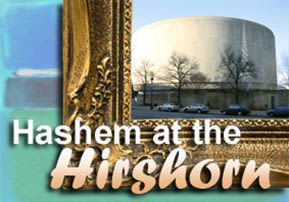




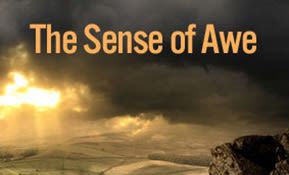

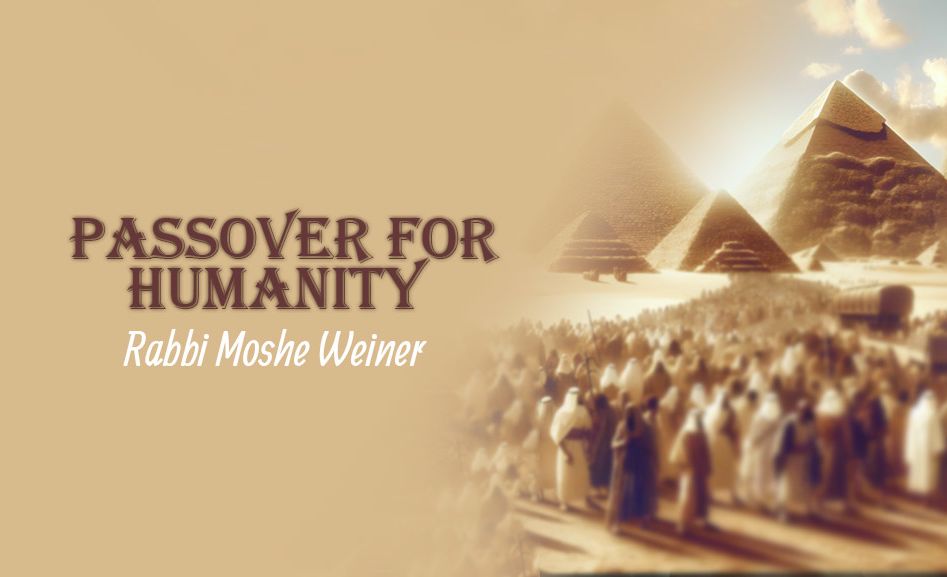
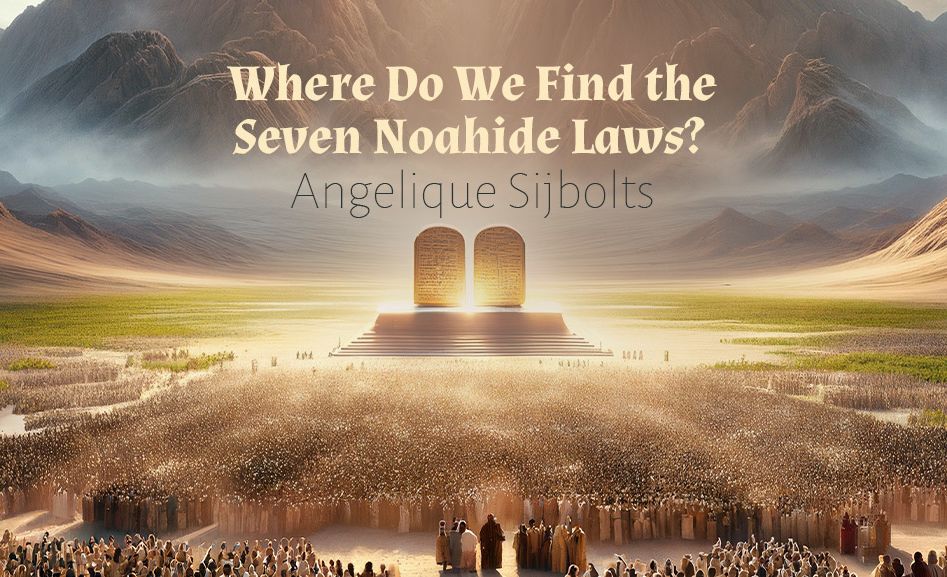
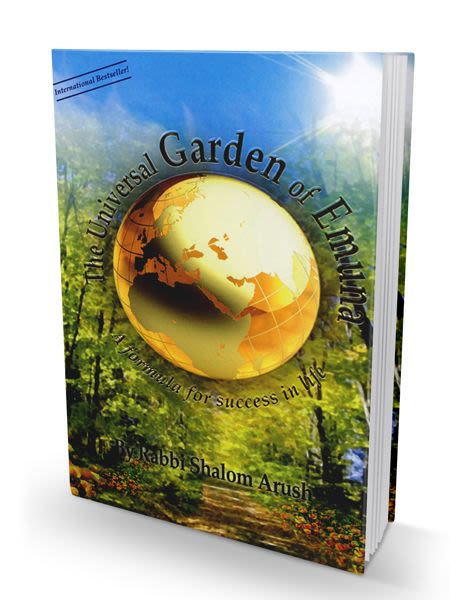
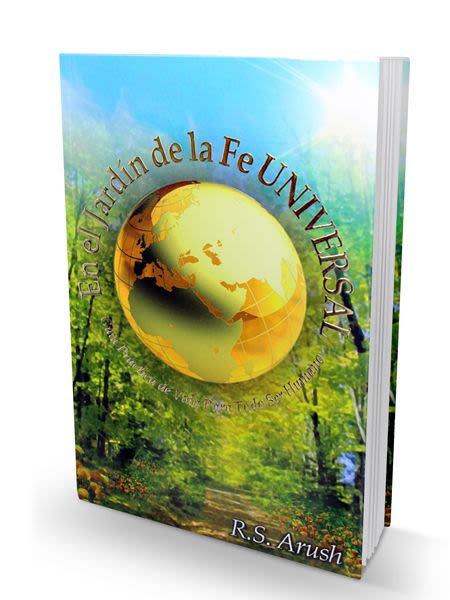
Tell us what you think!
Thank you for your comment!
It will be published after approval by the Editor.